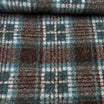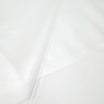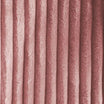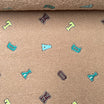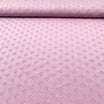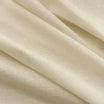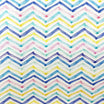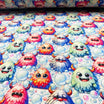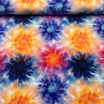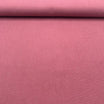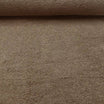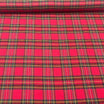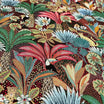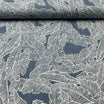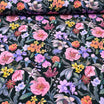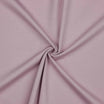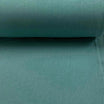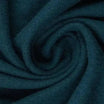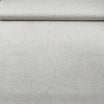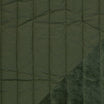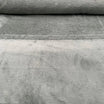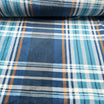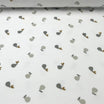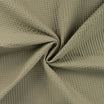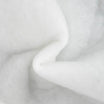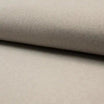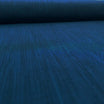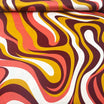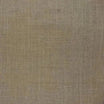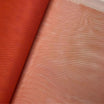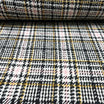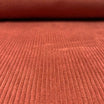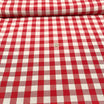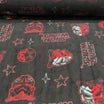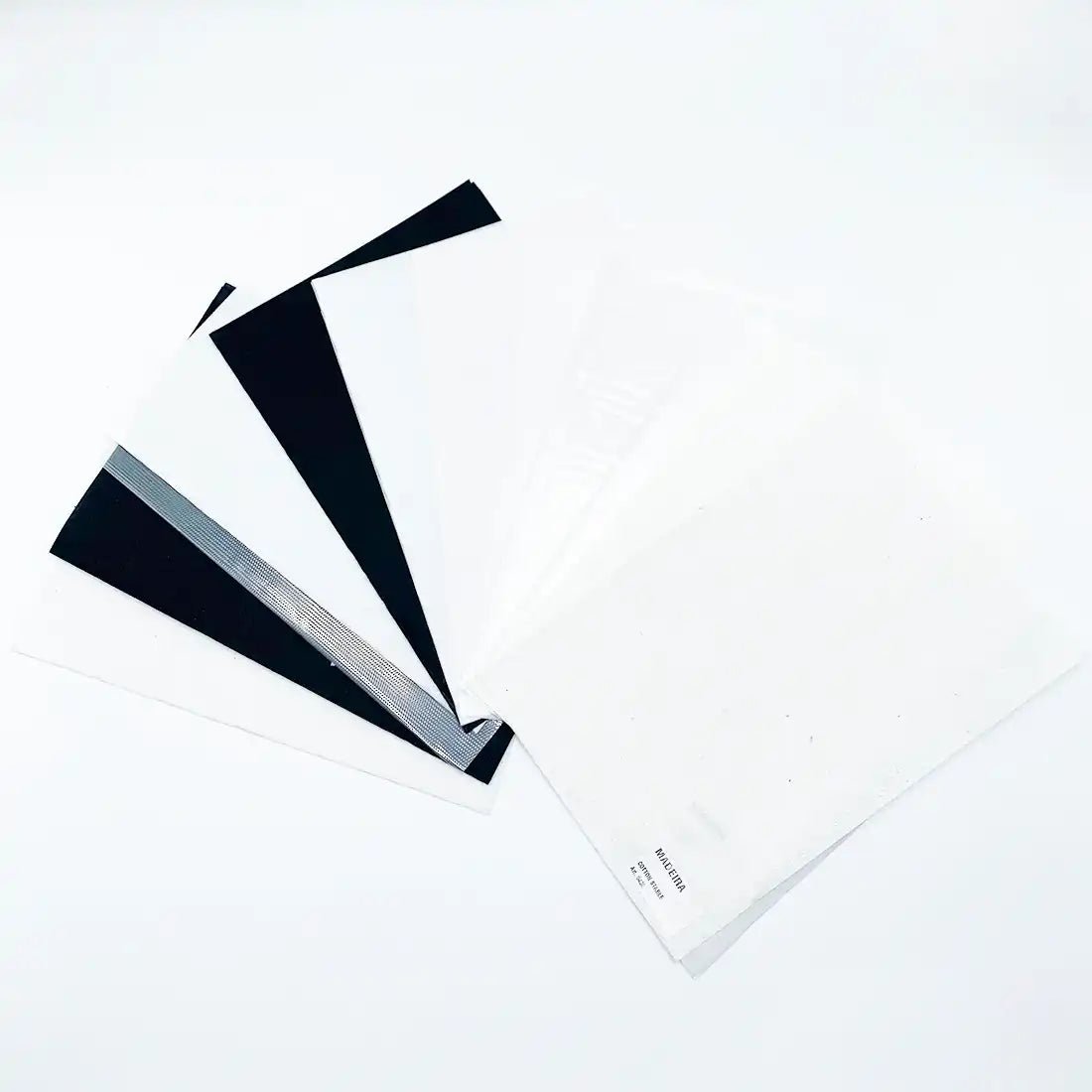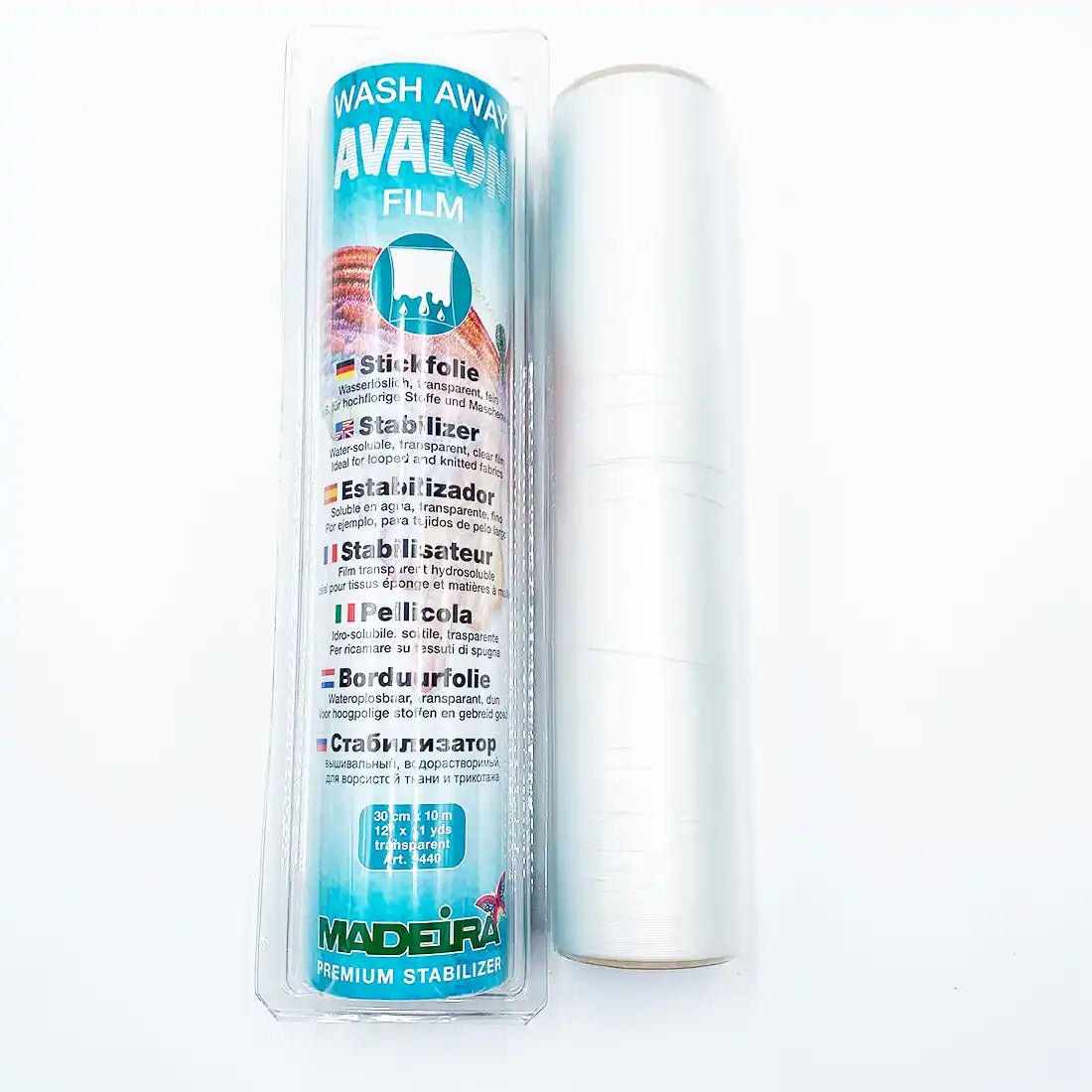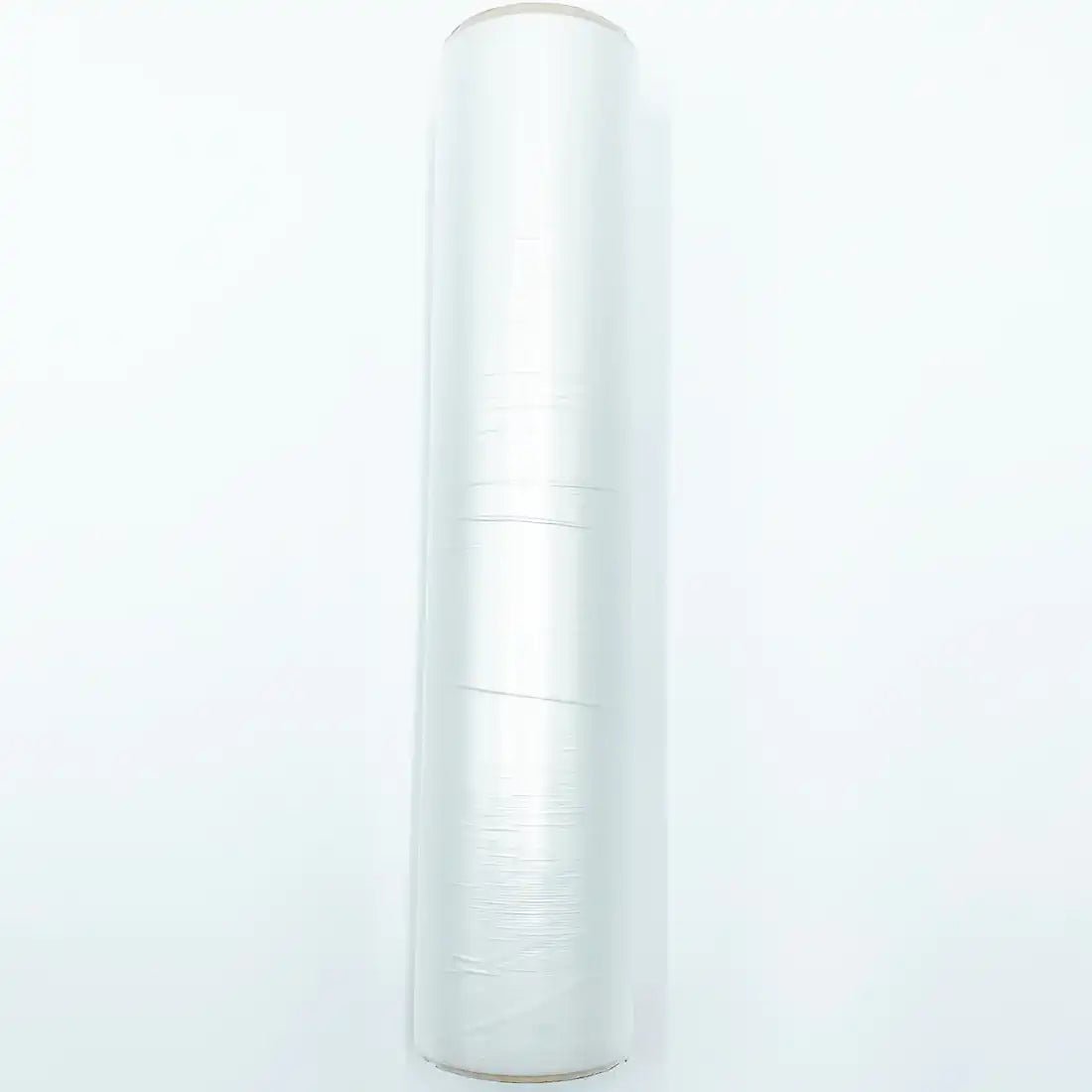
Stabilizer for embroidery
Filters
2 products
Premium Madeira Stabilizers
Avalon Madeira Water Soluble Film
An essential support for clean embroidery
Embroidery stabilizers are essential for achieving clean, stable, and professional results with any machine. They provide excellent fabric support and prevent warping during sewing. Whether you're working on a complex design or a simple initial, a good embroidery stabilizer provides optimal textile support . Suitable for lightweight fabrics such as denim, they are available in cut-out and tear-off versions.
What is an embroidery stabilizer used for?
An embroidery stabilizer is an essential element to ensure the quality and durability of an embroidered design. It serves to keep the fabric firmly in place during the embroidery process. It prevents warping, wrinkling, and shifting that affect the final result.
Depending on the fabric used ( jersey, cotton , silk, etc.), the stabilizer provides suitable support to prevent it from loosening under the action of the needle. Water-soluble, iron-on or cut-out , the stabilizer guarantees a precise, clean and well-positioned pattern. It also helps to extend the hold of the pattern over time, even after several washes. Using a good stabilizer is the foundation for professional embroidery , without defects or surprises.
How to choose your stabilizer type for a project
Available in rolls, sheets or coupons , stabilizers are suitable for all types of machine and hand embroidery. You can choose:
- A stabilizer water-soluble , ideal for transparent fabrics or openwork patterns
- An iron-on stabilizer for reinforced support
- A tear-away stabilizer, easy to remove after embroidery
For jersey and other stretchy fabrics, a temporary stabilizer prevents the elasticity from distorting the design. Popular with professionals and amateurs alike, they make every embroidery easier, faster, and more aesthetically pleasing.
Factors to consider: fabric, design and stitching
To achieve quality embroidery , it is essential to take into account several key factors :
- The fabric
- The design of the pattern
- The sewing technique
Each fabric has its own characteristics, elasticity, thickness, texture which influence the choice of stabilizer . For example, a stretchy fabric like jersey requires a specific stabilizer to prevent deformation.
The embroidery design is also crucial. A dense or complex pattern will require more support than a simpler, lighter design. Care must be taken to ensure that the pattern is adapted to the nature of the fabric to avoid tension and irregularities.
Sewing , on the other hand, must be thought through in advance. Proper fabric preparation , precise frame positioning , and the use of quality thread are essential to ensure optimal results. Also, don't neglect the compatibility between the needle, fabric, and stabilizer : a poor choice can lead to perforations or an imprecise finish. By combining these three elements ( fabric, design, and sewing ) in a coherent manner, you lay the foundations for successful, durable, and aesthetically flawless embroidery. Anticipating these factors not only saves time, but also ensures a professional finish to your creations.
Ease of use and universal compatibility
Our embroidery stabilizers are compatible with all brands of machines : Janome , Juki , Brother, Bernina, Pfaff, Elna and many others. They are easily positioned under the embroidery fabric or in the embroidery hoop, and can be removed without leaving any residue or damaging the fibers. They are suitable for decorative embroidery , patchwork , personalized patches or even monograms on household linens. Thanks to their ease of cutting , their textile versatility and their good hold , they are a safe choice for all your creative sewing projects. Whether you are a beginner or an experienced sewer, these stabilizers will help you give a perfect finish to all your creations.
Tips for using your stabilizer correctly
To ensure successful embroidery, a few simple steps are essential:
- Always test on a similar piece of fabric before starting your embroidery .
- Cut out the stabilizer, leaving enough room to completely cover the frame.
- Do not use too many layers : this can make the embroidery stiff and create tension.
- Stretch the fabric in the frame without stretching or distorting it. Proper tension guarantees a good result.
- Remove the stabilizer only after the embroidery is completely finished. This protects the embroidered stitches .
- For water-soluble stabilizers , wait until the design is dry before removing them.
Newsletter
We keep you informed of our new products, our inspirations of the moment as well as our promotions!
FAQ
Do you have a question? We answer it!
Do you do repairs and maintenance on all brands of machines?
Yes, our workshop handles repairs and maintenance for all brands of sewing machines and overlockers. Learn more or drop off your machine directly at the store.
Can I get training on my new machine?
Yes, for any purchase of a sewing machine, overlocker, coverstitch or embroidery machine, we offer free training of more than one hour in store. If necessary, we can also support you via WhatsApp for personalized online training.
Can I try the machines before buying them?
Absolutely! Come to our store to test all our machines (sewing machines, overlockers, coverstitch machines, and embroidery machines). A demonstration will be offered to help you choose the machine that perfectly meets your needs.
What fabrics do you recommend for beginners in sewing?
For beginners, fabrics like cotton or poplin are easy to work with.
Free delivery 🚚
- Fabrics from 75 € of purchase
- Machines from 500 € purchase
European Fabrics 🌍
Payment in 3 installments without fees with Alma 💰
Customer satisfaction 5/5 🌟
Find out why our customers give us 5 stars on Google.

